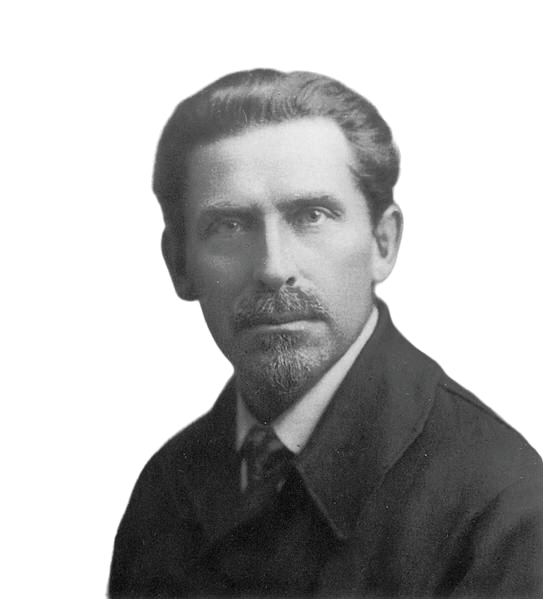Stories & Legends
Ivan Kliun

-
Kliun officially declared himself an artist only at the age of 35. He was an accountant by profession. For 10 years he combined these very different types of activities. For his incorruptibility, he was entrusted with solving financial issues at artistic enterprises.
-
Immediately after graduation, Kliun got a job as an assistant accountant at a sugar factory, where he attracted the attention of the cashier’s niece. When her parents invited him to marry her, the future artist fled to Poland. He explained his action by the desire “for higher interests.” Kliun married in 1902, when he was already in Moscow, to Ekaterina Konstantinovna Slepneva and they had three children. Two of the most emblematic works of Kliun’s early period: "The Artist's Wife" (1910) and "The Family" (1911) are part of the Costakis collection. Both works share the distinctive image of the artist’s wife in a leaning position. She was a woman of frail health, and Kliun tried to banish this reality through the force of painting.
-
Kliun’s meeting with Malevich led to friendship and joint creative and theoretical research. Kliun was in Malevich’s shadow for a very long time considered to be a “minor” artist. However, having studied Kliun’s legacy, art historians recognized his leading role in this creative tandem.
-
In 1918, Kliun decided to move away from Suprematism, calling it a corpse “with a fixed, dead gaze.” In response to criticism from Malevich, who saw “lyricism and even romance” in his works, Kliun wrote: “if painting died, pressed down with the Black Square, then the colors did not die.”
-
Kliun's ideas, embedded in his spherical compositions, were later embodied in the works of representatives of American abstract impressionism, Mark Rothko and Barnett Newman. And the hanging sculptures - structures floating in the air made of various geometric shapes - anticipated the mobiles of Alexander Calder.
-
During the Stalinist period, when avant-garde was prohibited and there started a war against formalism, Kliun was accused of formalism. It was Kliun and his composition “Suprematism” that became the heroes of a cartoon on this topic in the satirical Soviet magazine “Crocodile”. During the period of fight against formalism, being excluded from all artistic associations, in order to feed his family, Kliun painted movie posters, flower posters for the Green Space Trust and illustrations for the book “Defects of Wood” for the Forestry Institute.
-
In 2019, the painting “Spherical Suprematism” was sold at Sotheby’s for $6.3 million.